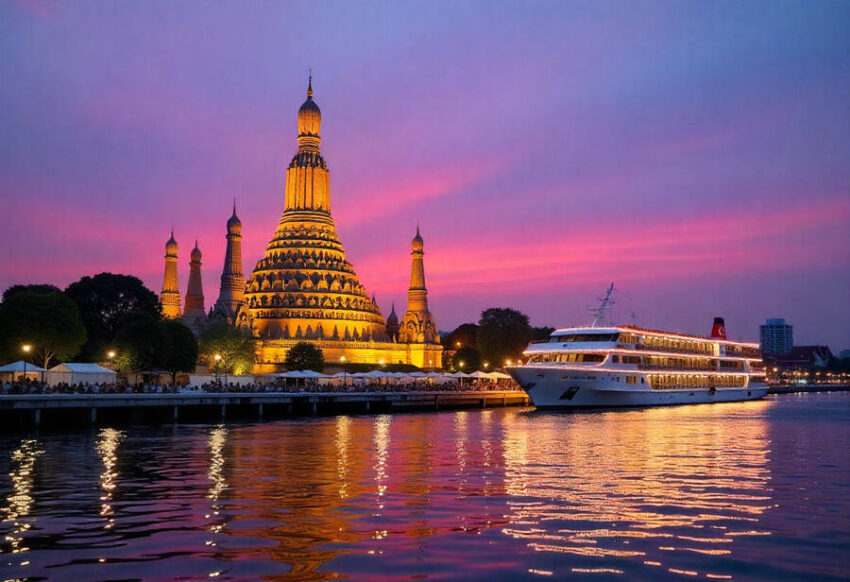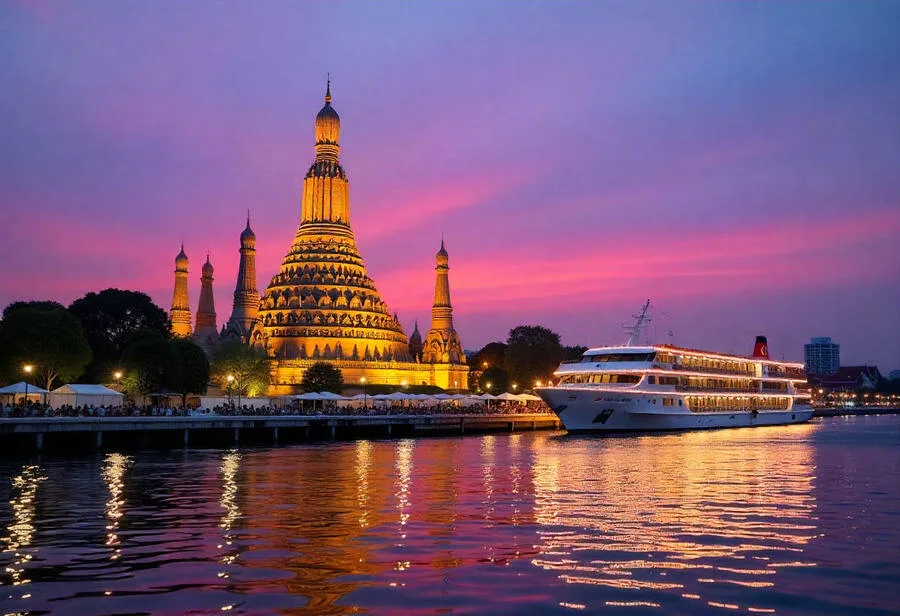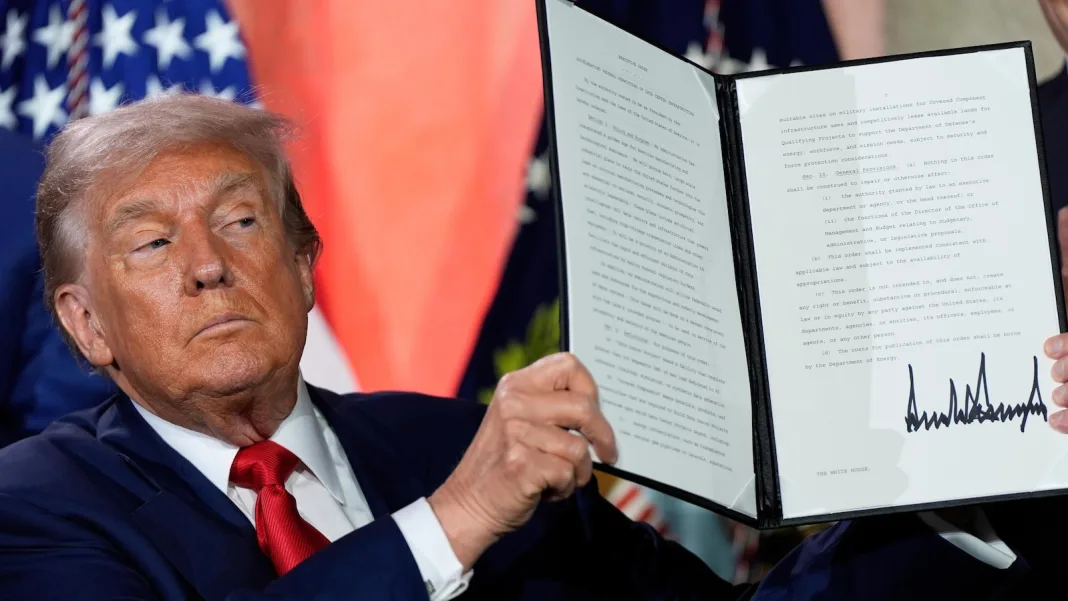Monday, July 28, 2025

Bangkok is positioning India’s outbound tourism as a powerful engine for ASEAN growth, connectivity, and mutual investment because the rising number of Indian travelers is directly fueling cross-border infrastructure, air connectivity, and regional collaboration across Southeast Asia. With over 12 million Indians projected to travel abroad annually, ASEAN nations are leveraging this demand to strengthen their economies, build cultural bridges, and expand tourism-driven investment flows, as seen during the latest ASEAN-India forum in Bangkok where strategic travel partnerships took center stage.
Tourism took on a powerful new role in regional diplomacy this July as India and ASEAN turned their focus toward people-centered cooperation during a major forum held in Bangkok. Organized by the Tourism Authority of Thailand, the ASEAN-India Forum spotlighted how travel—often seen as a leisure pursuit—can drive strategic partnerships, deepen mutual understanding, and build long-term connectivity between nations.
From the opening discussions, participants made it clear that the connection between India and Southeast Asia runs deeper than modern diplomacy. Their relationship stems from centuries of cultural exchange, maritime trade, religious migration, and shared civilizational roots that span over two millennia. While that legacy provides a strong foundation, leaders emphasized that the real challenge lies in transforming this historical closeness into contemporary cooperation with measurable outcomes.
Tourism has already begun shaping this new chapter. In the past year alone, nearly seven million Indian travelers visited ASEAN countries. Their decisions stemmed from affordability, short travel distances, visa-friendly access, and cultural familiarity. Many found echoes of home in languages, food, and heritage sites across the region. However, the reverse flow—visitors from ASEAN heading to India—has lagged behind, with only around 700,000 making the journey. That gap has drawn attention as both a concern and an opportunity for reciprocal engagement.
Speakers at the forum stressed that tourism goes beyond vacations. It supports local economies, generates employment, sparks investment, and fosters mutual trust. When people travel, they break stereotypes, learn new perspectives, and return with stories that influence their communities. Unlike trade agreements or policy statements, tourism engages everyday citizens. It creates emotional and cultural bridges that build long-term diplomatic goodwill.
India has placed tourism at the center of its broader regional strategy, aligning it with two other key priorities: trade and technology. This triad—often referred to as the “three Ts”—forms the backbone of India’s Act East policy, which aims to expand influence and partnerships across East and Southeast Asia. Among the three, tourism stands out as the most accessible and immediately impactful. It doesn’t require complex treaties or infrastructure rollouts; it begins with awareness, intention, and a simple decision to travel.
Within the ASEAN partnership framework, India holds the status of a comprehensive strategic partner—one of only a few countries with such deep diplomatic ties to the bloc. That designation calls for cooperation in multiple sectors, and tourism plays a critical role. It serves as a vehicle for regional connectivity, encompassing physical, emotional, cultural, and increasingly digital interactions.
India’s domestic tourism offering further strengthens its appeal. The country presents an unmatched range of destinations, from the icy heights of the Himalayas to the tropical beaches of the south. Travelers can explore ancient temples, wildlife sanctuaries, rainforests, deserts, bustling cities, or serene mountain towns—all within one national boundary. Heritage sites that date back to 2000 BC, spiritual retreats, and vibrant festivals reflect the country’s diversity and depth.
Still, many from Southeast Asia hesitate to travel to India. Information gaps and concerns about logistics, language, and unfamiliar environments often discourage first-time visitors. India’s sheer size can feel overwhelming without clear guidance. Recognizing this, India has ramped up efforts to improve visibility and reshape perception.
The country has launched several initiatives aimed at changing the narrative. Trade delegations, tourism roadshows, and familiarization tours for media professionals have been organized to showcase the reality of India’s destinations. These trips allow travel influencers and journalists to experience India firsthand and share authentic impressions with wider audiences across ASEAN.
Infrastructure development has also become a major focus. India is investing heavily in its tourism ecosystem, upgrading airports, expanding highway networks, improving rail connectivity, and building new hotels. These projects aim to make travel more seamless, comfortable, and efficient—particularly for foreign visitors. As a result, India hopes to make a stronger case for being seen as an accessible, world-class destination for leisure, business, wellness, and spiritual tourism.
The impact of tourism on the Indian economy is profound. Every foreign tourist arrival generates employment for an estimated 10 to 11 people across sectors such as transport, hospitality, food services, retail, and cultural industries. With such a multiplier effect, tourism has emerged as a powerful engine for inclusive growth and rural development.
This emphasis on tourism also aligns with broader regional goals. As global interest in the Indo-Pacific intensifies, ASEAN finds itself at the center of major trade, security, and diplomatic currents. India views ASEAN not just as a neighbor, but as a partner in shaping the future of this dynamic region. The two sides share a commitment to open connectivity, peaceful collaboration, and sustainable development.
With a fast-growing middle class, increasing disposable income, and a rising appetite for international travel, India stands as one of the most promising outbound tourism markets. Countries across Southeast Asia have already started benefiting from this trend, but greater gains await those that actively engage with Indian travelers. Building direct flight routes, promoting destination awareness, simplifying visa procedures, and investing in culturally sensitive marketing can unlock significant growth.
India’s message to ASEAN is clear: the time to act is now. Tourism offers more than revenue—it offers relationships. It brings people face-to-face in a way that digital communication cannot. And in a world that often grapples with mistrust and division, tourism opens a channel for understanding, respect, and shared progress.
Bangkok is positioning India’s booming outbound tourism as a key driver of ASEAN growth because it fuels regional air connectivity, cross-border investment, and deeper economic ties across Southeast Asia.
As the forum concluded, it became evident that the India-ASEAN relationship holds immense untapped potential. The roadmap for the future runs not just through policy papers, but through airports, train stations, street markets, heritage sites, and homestays. Tourism will serve as the compass guiding this relationship forward—one journey at a time.







